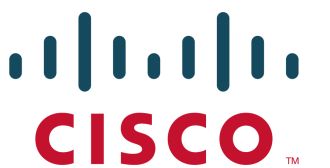 Although the economic landscape out there is not exactly encouraging, a Cisco report has found that, while CIOs are coming to terms with reducing IT complexity and managing investments while making cuts, overall they are optimistic about tackling typical challenges.
Although the economic landscape out there is not exactly encouraging, a Cisco report has found that, while CIOs are coming to terms with reducing IT complexity and managing investments while making cuts, overall they are optimistic about tackling typical challenges.
Because of the economic difficulties, companies are trying to find a way to bolster infrastructure and networks using IT. Cisco UK&Ireland’s CTO, Ian FOddering, said in a statement that for 2013, we can expect to see “IT get back to basics”.
In its TechWatch 2013 report, Cisco believes that cost cutting is a clear aim across the board, but so is creating a useful environment where IT can support or drive innovations within business.
“Three key pillars emerge,” Foddering said. These are “Simplify,” “Protect,” and “Change & Grow,” although on our count that’s four. Getting the first two right, Foddering said, is necessary for the rest.
Cisco found that network performance and increased security threats are the major challenges businesses believe they face over the next year. Major priorities are cutting costs, improving security, and keeping the lights on or improving the IT infrastructure. Of the companies Cisco reached out to, over two thirds believe that operations will be based on the most efficient use of skillsets and resources, no matter where they’re located, and for one in seven this trend is already happening.
This too signals a trend in buying, with most companies already having deployed collaborative software and network performance management. Enterprises and SMEs are still putting cash into remote access technology first and foremost.
“Simplifying and protecting an organisation’s infrastructure can only take you so far,” Foddering said. “In order for businesses to prepare themselves for the future, they must be willing to embrace change and use it to drive, rather than inhibit, growth”.
 Small and medium sized businesses don’t tend to be tech trendsetters, but there is one trend they are not missing out on. They hate Windows 8.
Small and medium sized businesses don’t tend to be tech trendsetters, but there is one trend they are not missing out on. They hate Windows 8.







